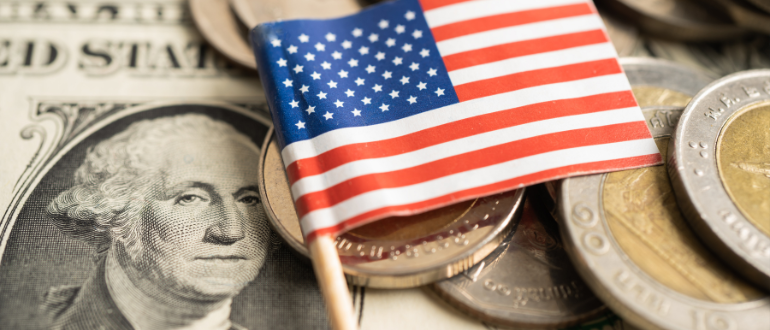
The news broke after Friday’s closing bell while Wall Street headed home for happy hour: the US government had just become one of Intel’s biggest shareholders.
In an $11 billion power play that converted CHIPS Act funds into actual equity, President Trump and Commerce Secretary Howard Lutnick didn’t just throw money at America’s struggling chipmaker—they bought a piece of it. Ten percent, to be exact. No voting rights, no board seats, just cold, hard strategic ownership of what CEO Lip-Bu Tan called “a crucial industry essential to national security.”
This isn’t charity. It’s chess.
When Uncle Sam Plays Savior
We’ve seen this movie before. When Chrysler was circling the drain in 1979, Lee Iacocca didn’t just ask for a handout—he got Congress to guarantee $1.5 billion in loans. The company survived. The auto industry survived. Hundreds of thousands of jobs survived.
Fast-forward to 2008: GM and Chrysler were back on life support. This time, the Obama administration poured $80 billion from TARP into managed bankruptcies that stripped away the rot and rebuilt these companies from the ground up. The result? GM just dropped $4 billion into US plants this year, creating jobs and keeping production domestic.
The pattern is clear: when strategic industries face extinction, America doesn’t let them die.
Why Intel Matters More Than Your Portfolio
Here’s what the Friday rally missed: this isn’t about rescuing Intel’s stock price. It’s about rescuing America’s technological sovereignty.
Intel’s Ohio mega-facility—designed to be the world’s largest chip manufacturer—has been plagued by delays and cost overruns. But the bigger problem isn’t Intel’s struggles; it’s America’s dangerous dependence on foreign production for critical technologies.
The pandemic taught us what supply chain vulnerability looks like when we couldn’t make enough masks and ventilators. Ukraine taught us what happens when peacetime production can’t scale to wartime demand. Now China’s semiconductor dominance is teaching us what tech dependence really costs: if you can’t make it at home, you can’t control your own future.
Intel isn’t just a company—it’s America’s last best hope for chip independence. Without it, we’re one trade war away from digital stone age.
The Real Battle: Shareholders vs. National Security
Let’s cut through the noise: most of Intel’s shareholders are hunting for quick returns, not long-term transformation. They see Friday’s government investment as a lifeline for their bleeding portfolios.
They’re missing the bigger picture.
This government stake isn’t a bailout—it’s a down payment on America’s technological future. By anchoring permanent capital in Intel, Washington is finally treating our industrial crown jewels like the strategic assets they are, not just another stock to flip.
The discount purchase price? Smart negotiating. No voting rights? Even smarter—this keeps politics out of the boardroom while ensuring Intel has the patient capital it needs to compete with subsidized Chinese competitors.
The Long Game
For too long, America has let market forces dictate the fate of strategically vital industries. We’ve watched manufacturing flee overseas, supply chains stretch to breaking points, and critical capabilities wither on the vine—all in service of quarterly earnings reports.
This Intel deal marks a turning point.
The government isn’t trying to pick winners and losers. It’s ensuring that when the next crisis hits—and it will—America has the industrial muscle to respond. Whether that’s churning out semiconductors for defense systems or ramping up production for the next pandemic, we’ll have the capacity because we own it.
Intel’s 20,000 layoffs and years of missed opportunities got us here. But the company’s core capabilities—the ability to design and manufacture the world’s most advanced chips—remain unmatched outside of Asia.
That’s worth $11 billion of taxpayer money. That’s worth securing America’s future.
The Bottom Line
Wall Street can celebrate its Friday rally. Shareholders can dream of quick recoveries. But the real victory isn’t measured in stock ticks—it’s measured in strategic independence.
For the first time in years, America is thinking beyond the next earnings call. We’re investing in the capabilities that will define the next century of competition. We’re treating Intel not as a failing company to rescue, but as a national asset to secure.
And it’s about damn time.

